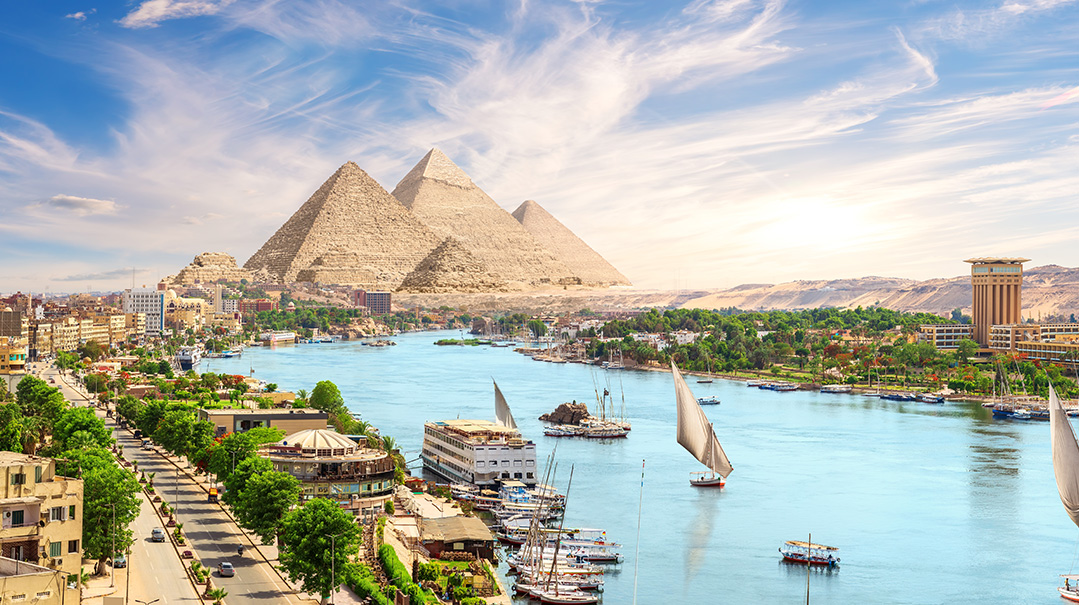Uncovering the Mysteries of Egypt
| January 9, 2024What are some of the biggest Egypt mysteries that archaeologists still think about today?

Pyramids, pharaohs, and tombs filled with gold? What’s not mesmerizing about Egypt? As one of the oldest civilizations on the planet, and jam-packed with ancient artifacts, archaeologists have been fascinated with Egypt for centuries. So, what are some of the biggest mysteries that archaeologists still think about today? Let’s find out!
Hieroglyphics and the Rosetta Stone
Okay, so this mystery has been solved. For architects, however, it felt like it would be a mystery forever. But… let’s start at the beginning. Hieroglyphics was the written language of the ancient Egyptians, and figuring out the language was the most crucial step to figuring out how the Egyptians lived. Those funny pictures on the walls and on objects meant something, but what? Archaeologists weren’t quite sure, until the Rosetta stone. Discovered in 1799 by French soldiers near the town of Rosetta in Egypt (get the name?), it became the key to unlocking the biggest mystery at that time.
The writing on the stone was a message about King Ptolemy V. It stated that a group of people in Memphis (not Tennessee, folks, but a city in Egypt) supported the king. This message was very important to the king, so he wrote it on stone slabs in three different languages — in hieroglyphics, ancient Greek, and Demotic (a later Egyptian script) — and placed the stones all over Egypt. Although the message was unimportant, it was a massive breakthrough in Egyptology (the study of ancient Egypt). Because scholars already knew ancient Greek, it was now easier for them to decipher hieroglyphics.
Oops! We could not locate your form.







